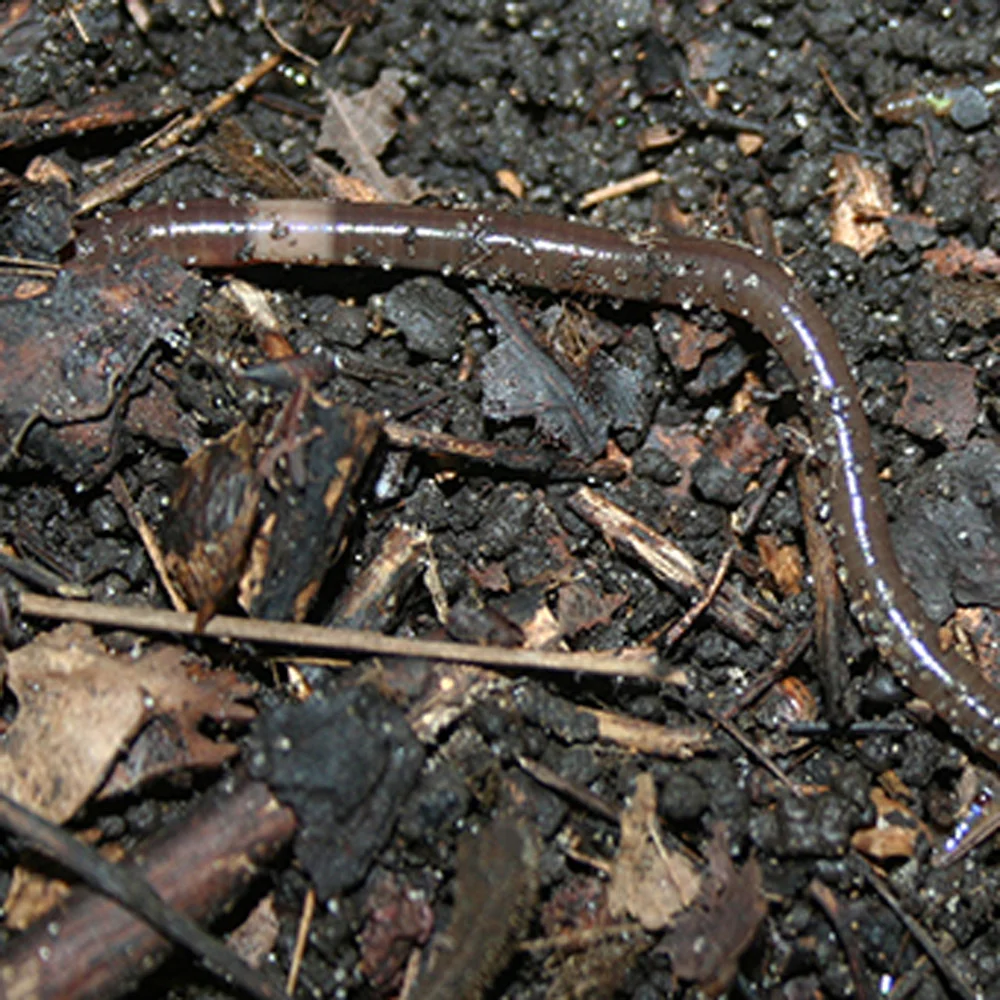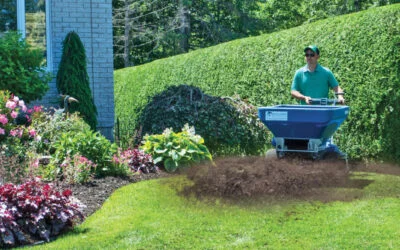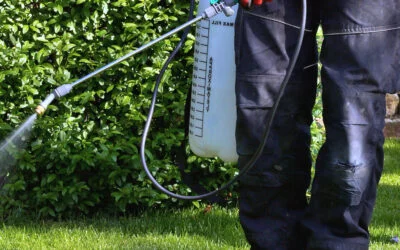
Jumping worms are not native to Minnesota, and there is a lot to know about what they are, where they come from, and how to prevent their spread.
Jumping Worms
What Are They?
As a general rule of thumb, earthworms mean great things for the health of your soil and your gardens; however, jumping worms can mean the exact opposite and negatively impact your soils.
No earthworms are native to Minnesota, they were wiped out of our soils during the ice ages. While earthworms survive throughout the soil layers, jumping worms are particularly bad as they strip topsoil of its organic layer on the surface and change soil texture into something resembling coffee grounds. Jumping worm infested soil can not only make it difficult to grow plants in your home gardens, but according to the Minnesota DNR, jumping worms can cause great environmental harm once they are established. As jumping worms change the composition of a soil, the forest or environment won’t be able to support the same plant and animal species as it did before the worms.
How Do They Spread?
According to the Minnesota DNR, the most common means of jumping worm spread include:
- Moving soil, potted landscape plants, sod, mulch (including bark mulch or woodchips), improperly sterilized compost, or leaf and other organic yard debris can play a part to move earthworms and their cocoons from one place to another.
- Earthworms, such as red wigglers (Eisenis fetida) purchased for vermicomposting may also be contaminated with jumping worms.
- Earthworms purchased for fishing bait, such as European nightcrawlers (Lumbricus terrestris) may be contaminated with jumping worms.
- Worms are attracted to any decaying organic matter sitting at the surface of the soil.
Do Your Part!
Use the guidance below to prevent the spread of jumping worms and protect our Minnesota soils:
If you see soil that that looks like coffee grounds or the worms in your soil seem jumpy or move like snakes, its possible you have an infestation of jumping worms. Don’t move any material that you suspect might contain jumping worms.
PDF Guide for Homeowners
Make sure to buy from compost suppliers, like The Mulch Store, that use active composting methods designed to further reduce pathogens. This process requires compost producers to make sure their product reaches high temperatures and turn piles on a schedule. When the process is followed and monitored, they will likely be able to stop the spread of jumping worms and their eggs.
SET knows about jumping worms:


